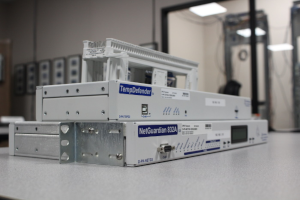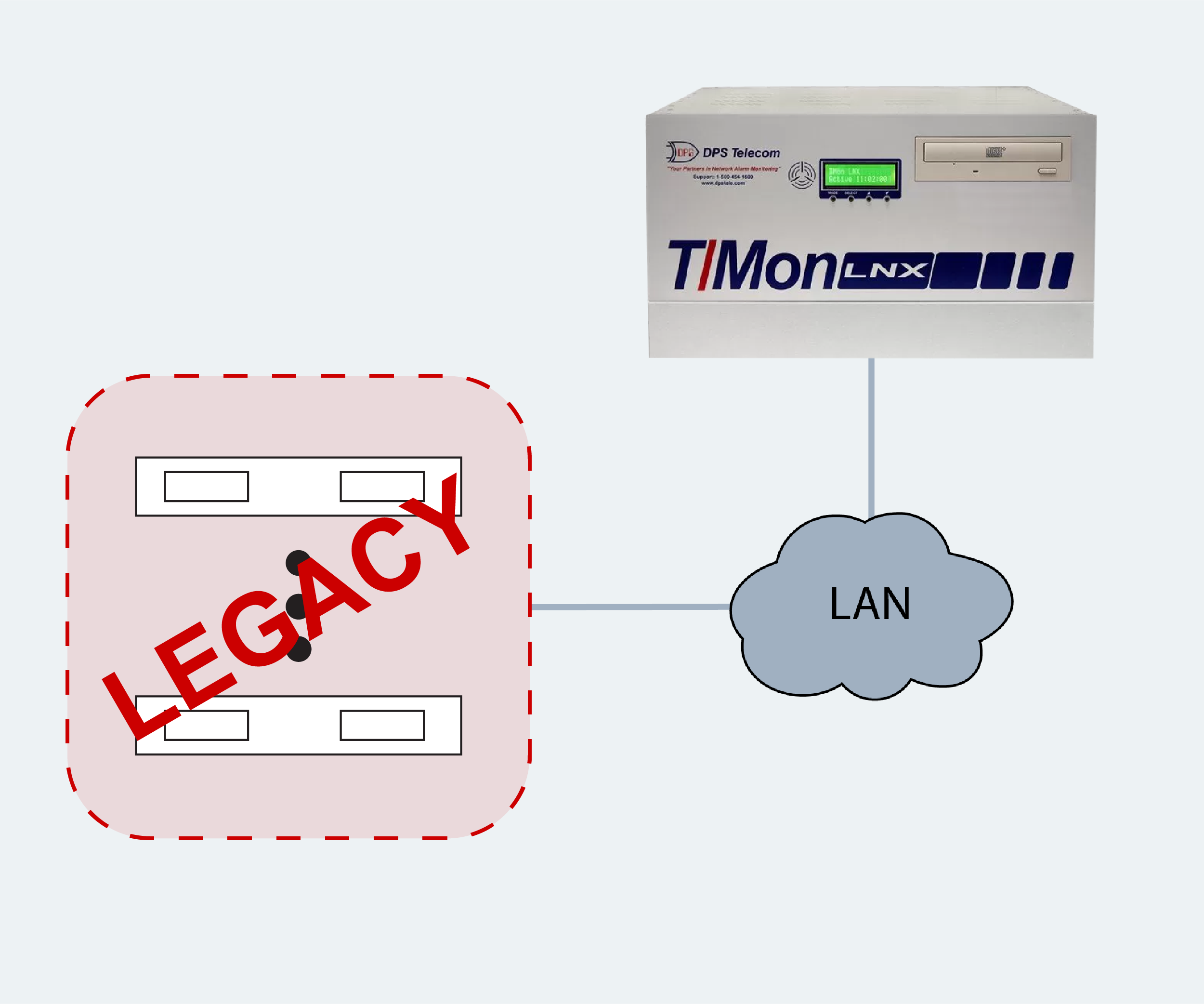Check out our White Paper Series!
A complete library of helpful advice and survival guides for every aspect of system monitoring and control.
1-800-693-0351
Have a specific question? Ask our team of expert engineers and get a specific answer!
Sign up for the next DPS Factory Training!

Whether you're new to our equipment or you've used it for years, DPS factory training is the best way to get more from your monitoring.
Reserve Your Seat TodayAs a manufacturer of remote monitoring solutions, one of our core responsibilities is to help you avoid the pitfalls of using unsupported or worn-out telemetry units. They might have served you faithfully for years, but technology (and your needs) have changed.
Many older units simply aren't supported anymore. We hear the same story time and again: "We're forced to make do with equipment that's not maintained or isn't upgradable."
Let's talk about why it's important to get ahead of problems with older telemetry devices before they result in unexpected downtime and unnecessary expenses.

Sticking with unreliable or outdated telemetry hardware is a (not fun) game of "wait-and-hope." Eventually, that gear will fail, or you'll discover it can't meet modern demands. You need to come up with a plan on your own terms - before your hand is forced.
When a telemetry unit can't reliably collect or forward data, it leaves you in the dark. An issue that would otherwise trigger a timely alarm can go unnoticed, and a minor blip can escalate into a full-blown outage.
Older telemetry units generally require (seemingly) continuous maintenance. You're paying for band-aid repairs and hunting for parts that may no longer be manufactured. It's a scramble that's stressful and expensive. Costs stack up fast, and you're still not gaining the improved functionality of a modern system.
Network intruders love to exploit older gear that doesn't support current encryption standards. With outdated telemetry units, you might be exposing your network to modern threats. Once bad actors find that weak link, they can threaten your data and your operational continuity.
Weak or missing features like custom notifications or alarm filtering limit your ability to see what's happening. You end up with vague or irrelevant alarms, muddying the waters for your techs. If your team is constantly second-guessing (or missing) important alarms, serious trouble can slip through the cracks.
We've seen many people try to hold off a full replacement with incremental patches or cheap add-ons, hoping to get "just a little more life" out of their equipment. While that sometimes buys you time, it doesn't address the real issue of outdated hardware.
Replacing broken bits and pieces can work in the short term, but aging equipment is prone to further breakdowns. Over the long haul, these repeated fixes end up costing more than simply making a clean upgrade.
Some people tack on secondary monitors to make up for a failing main system. That might fill a data gap here or there, but stitching together multiple incompatible devices usually leads to scattered, conflicting data. Troubleshooting that patchwork is a headache - and you're still not getting the full, unified visibility you need.
Applying modern security patches to older technology can only go so far. As cybersecurity threats evolve, a patch or two might temporarily stop one threat, but new ones keep coming. Eventually, the hardware may not keep up with modern encryption schemes.
So what does an upgraded system give you, besides peace of mind?
Any telemetry system worth the investment pulls all your monitoring data into one place. With a single overview, you can rapidly assess alarms and organize your response. This consolidated approach saves valuable time and keeps everyone on the same page. That's why it's so important to not allow technology from different "epochs" to be managed in disconnected monitoring systems.
Modern telemetry gear supports protocols and alert capabilities that older devices can't. You can fine-tune alarms, set different priorities, and even route messages based on the nature of the alarm (e.g., text the on-call tech for urgent issues, send an email alert for lower-level warnings). The result? A better allocation of your team's time and quicker resolution of mission-critical incidents.
What if your network grows? Or you add new sites? Discontinued units make that impossible - or have you hunting eBay for dwindling secondhand units.
Instead, you can drop in additional units as needed, confident they'll integrate seamlessly into your existing framework.
Modern systems typically support current security measures like SNMPv3 or other encryption protocols. They're designed to handle the threats out there today - and tomorrow. You get essential safeguards for both your data and your physical infrastructure.
New units often have a blend of discrete and analog inputs (plus modern communication options) so you can watch everything from door alarms to generator fuel levels. Having the flexibility to monitor a wide range of signals is crucial when your operational requirements evolve.
We built our NetGuardian Echo Z18 after hearing from clients who were stuck with a popular device that was no longer supported. They needed something with the same specs that could handle the same job - only without the headaches of dealing with outdated hardware. Of course, wherever modern technology could help, we added that too.
With the Echo Z18, you get 8 discrete alarms and 8 relays, giving you solid coverage for common conditions. It also supports radio Tx/Rx communication, so you can deploy it in places where LAN connectivity isn't an option.
We made sure it integrates smoothly with our central monitoring master, so you can quickly see alarms from multiple locations in a single view. That was important to our clients, who wanted a direct replacement without the hassle of rebuilding their entire monitoring infrastructure.
This approach of closely matching the older specs is part of our ongoing mission to help you minimize budget expenditures when a piece of gear is discontinued. In other situations, you might have brand-new equipment that needs to speak to older systems you're not ready to retire. We bridge that gap so you don't have to rip and replace everything.
With the Echo Z18, you retain real-time visibility, strong security, and support for modern networking. It's a reliable, future-proof addition to your telemetry setup - designed to ensure your team can spot (and act on) problems before they cause costly downtime.
If you're seeing signs of equipment failure or facing a discontinued model, it's time to move. Delaying invites service outages, mounting repair costs, and potential security woes. Our NetGuardian Echo Z18 (and many other catalog devices and semi-custom options) can help you navigate this transition without sacrificing your budget or your peace of mind.
We're here to help you find the right fit. Give us a call at 1-800-693-0351 or drop an email to sales@dpstele.com. Our team will get to know your needs and match you with an effective, modern solution.

Andrew Erickson
Andrew Erickson is an Application Engineer at DPS Telecom, a manufacturer of semi-custom remote alarm monitoring systems based in Fresno, California. Andrew brings more than 18 years of experience building site monitoring solutions, developing intuitive user interfaces and documentation, and opt...